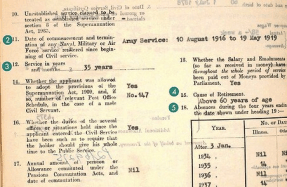
Many of us may suspect we have a bigamist lurking in our family tree. There might be rumours, or a suspicious remarriage where we have not been able to trace the death of the first spouse. But not everyone who remarried during the lifetime of a spouse without first obtaining a divorce was risking prosecution. To gauge whether they were at risk – and what they were risking – we need to know when a remarriage would be a criminal offence and how it was punished. Both these things, as we shall see, changed over time. And although the law did not explicitly differentiate between male and female bigamists, there were some important differences in practice.
Our starting point is 1604, when bigamy was first




